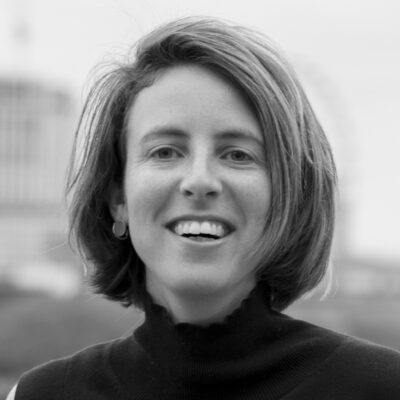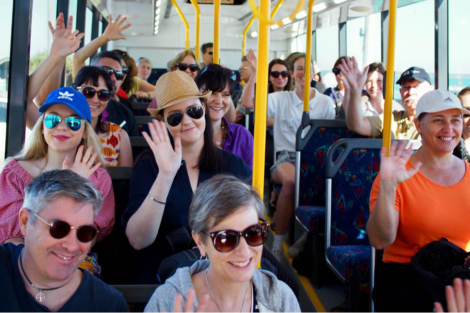Guest faculty Cassie Robinson has done a great write up of this second teaching session for the States of Change Australia New Zealand cohort. I won’t add much more, except to share our process for how we set the teams up to develop their exploratory journey and place it in the context of the wider learning programme.
If the scoping & induction session in April was all about preparing your kit before climbing the mountain, this, the exploring & framing week was all about charting the route and starting to climb. Specifically, charting the route of enquiry, of exploring, of learning.
Each team is working on a real government project, with real consequences and a real need to do something different in how it’s being approached. To take a different approach, teams have to dig deeper into the 'challenge space'.
And in digging deeper, what’s especially important is getting the challenge framed around those experiencing it - to put the people in the picture.
To help chart their route we started the week with teams ‘finding their mystery’. Tasking them to investigate all the different aspects of their project to surface underlying questions and assumptions. Encouraging teams not to populate the worksheet with all the things they know on post-it notes, but instead, get lost in the mess until they’re in a useful place of ‘not-knowing’. Where are you asking the most questions? And what are those questions revealing about where your edge of knowledge is?
As expected this was a bit messy.
From there teams had to develop ‘lines of enquiry’, based on the areas of ‘not-knowing’ what questions do you need to ask; what sub-questions to do you need to ask; and most importantly, how will you learn?
- What interviews do you need?
- What lateral or existing solutions can you learn from?
- What data can you dig into?
- What activities can you do to investigate these questions?
There are lots of potential data sources available, and while all of this should be used for lateral inspiration we’re pushing the participants to get out there and do interviews with people. We see this as their main data-gathering exercise, to really understand the experience of the challenge from the perspective of those involved.
To aid ‘putting people in the picture’ we also introduced teams to visual thinking, to encourage people to develop a new language to communicate ideas that goes beyond words. Sketching ideas, relationships and dynamics forces a different way of expressing yourself, a more metaphorical way which helps communicate with others beyond the abstract. Importantly, it also prevents getting caught up in standard bureaucratic language and acronyms.
In the next training session, we return to the importance of making your opportunities tangible and real in different ways so that you can more quickly get feedback and then iterate.
Check out Cassie’s blog for the detail of what we did for the rest of the week, including our day trip to Minjerribah (Stradbroke Island, Queensland) one of the sites of a teams’ project. All the additional exercises and tools were designed to iterate on the teams’ lines of enquiry by exploring different perspectives. At the end of the week, we sent the teams off to gather their data (we recommended at least 12 in-depth interviews) to then meet again in June to analyse and make sense of this data and how it will inform their experiment design.




